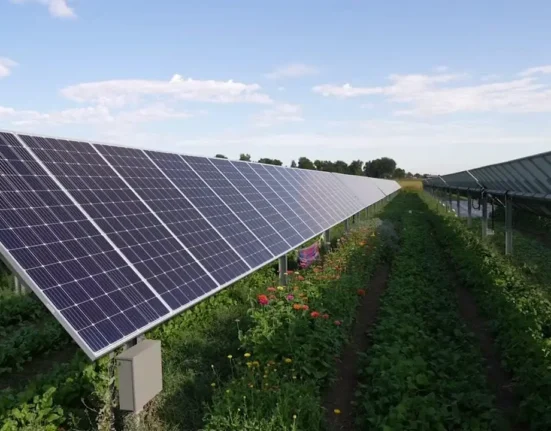Mount Isa, the bustling outback city known for its iconic smoking stack, is facing a major upheaval as Glencore, the Swiss multinational mining giant, has set a deadline to close its copper smelter by 2030. This decision has sent shockwaves through the community of over 18,000 residents who have long relied on the mining industry as a pillar of their economy.
The looming closure of the Mount Isa copper smelter has far-reaching implications not only for the local community but also for Australia’s domestic copper production landscape. The complex houses not just a smelter but also a mine and concentrator, making it a crucial hub in Australia’s copper processing infrastructure. Without it, experts warn that there’s a risk of pushing domestic production offshore.
One expert in the field, Gavin Wendt, highlighted the significance of preserving facilities like the Mount Isa smelter. He emphasized that investments are essential to sustain such operations and prevent them from relocating to countries with more favorable conditions like China or the United States. Wendt cautioned about China’s strategy of subsidizing its own production to undercut Western-world competitors and eventually dominate global markets.
Queensland Premier David Crisafulli echoed these concerns about losing national capabilities with the closure of the Mount Isa smelter. He emphasized the sovereign risk associated with such a move and pointed out how crucial copper is for various industries, including renewable energy development. Crisafulli stressed that without government support for facilities like Mount Isa’s smelter, surrounding mines could face an uncertain future.
In response to these challenges, Queensland Minister for Natural Resources and Mines Dale Last expressed urgency in finding solutions to support ongoing operations at Mount Isa. Glencore’s interim chief operating officer Troy Wilson underscored that without government assistance, sustaining operations at an international competitive level would be extremely challenging.
Industry analyst Peter Strachan further emphasized the irreplaceable nature of local smelters like Mount Isa’s in today’s market scenario. He outlined significant hurdles in building new facilities due to environmental permitting requirements and land rights issues. Strachan suggested that collaborative efforts involving large mining companies, governments, and junior miners could hold potential solutions to keep operations running smoothly.
As discussions continue about potential bailouts and strategies to secure the future of Australia’s copper production sector amidst mounting challenges faced by facilities like Mount Isa’s smelter closure looms large over both local communities and broader economic landscapes.
The fate of “Stack City” hangs in balance as stakeholders grapple with tough decisions affecting livelihoods and industrial landscapes across Australia.









Leave feedback about this